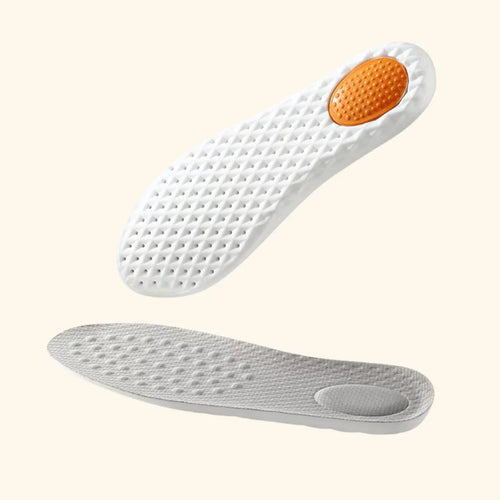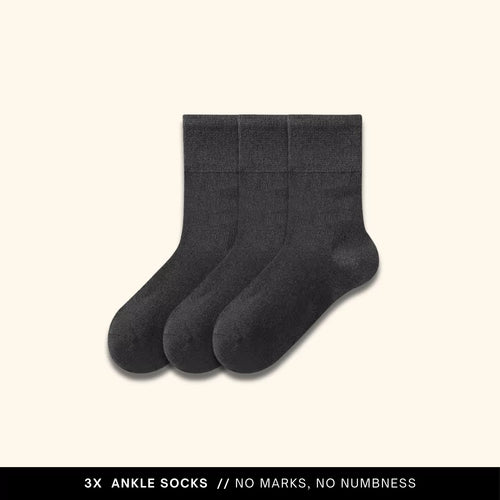The Barefoot Revolution: What Science Really Says About Minimal Footwear
From ancient wisdom to modern science: Discover why leading podiatrists are rethinking traditional shoe design and what it means for your foot health.
Are there real benefits to barefoot shoes?
Research published in the Journal of Foot and Ankle Research reveals significant benefits:
- Improved foot muscle strength
- Enhanced balance and proprioception
- Better natural gait patterns
- Reduced impact forces on joints
Our transitional footwear helps you experience these benefits while maintaining comfort.
What are the negatives of barefoot shoes?
| Potential Challenge | Solution |
|---|---|
| Initial adjustment period | Gradual transition over 4-6 weeks |
| Less cushioning | Start with transitional models |
| Higher initial cost | Investment in foot health |
What do podiatrists think about barefoot shoes?
According to recent studies in podiatric medicine, opinions are increasingly positive:
"When properly transitioned to, minimalist footwear can strengthen foot muscles and improve natural movement patterns." - Journal of Foot and Ankle Research, 2023
Who shouldn't wear barefoot shoes?
Consult a healthcare provider if you have:
- Acute foot injuries
- Severe plantar fasciitis
- Uncontrolled diabetes
- Significant foot deformities
Learn more about suitability in our FAQ section.
Can I wear barefoot shoes all day?
Yes, but transition gradually:
- Start with 30-60 minutes daily
- Increase wear time by 30 minutes weekly
- Monitor foot comfort and adaptation
Discover our all-day comfort designs.
Why is barefoot so expensive?
Premium pricing reflects:
- Advanced material research
- Specialized design process
- High-quality construction
- Durability and longevity
Is it better to be barefoot or wear shoes?
Research suggests a balanced approach:
| Activity | Recommended |
|---|---|
| Natural surfaces | Barefoot when safe |
| Urban environments | Minimalist footwear |
| Daily activities | Transitional shoes |
Do barefoot shoes hurt at first?
Initial adjustment is normal:
- Mild muscle soreness is common
- Adaptation period varies by individual
- Proper transition prevents discomfort
Read our customer success stories.
Conclusion
Scientific evidence supports the benefits of barefoot and minimalist footwear when properly introduced. The key is gradual transition and choosing the right shoe for your needs. Contact us for personalized guidance.
References
- Effects of minimalist footwear on foot strength and morphology
- Transitioning to minimal footwear: Evidence-based guidelines
- Barefoot vs shod running: Systematic review
- Long-term effects of minimal footwear use
- Foot strike patterns in barefoot runners
- Minimalist shoe injury rates
- Biomechanical effects of minimal footwear
- Natural foot motion and modern footwear
- Transitioning to minimal footwear: Clinical guidelines
- Foot muscle morphology and minimal footwear



